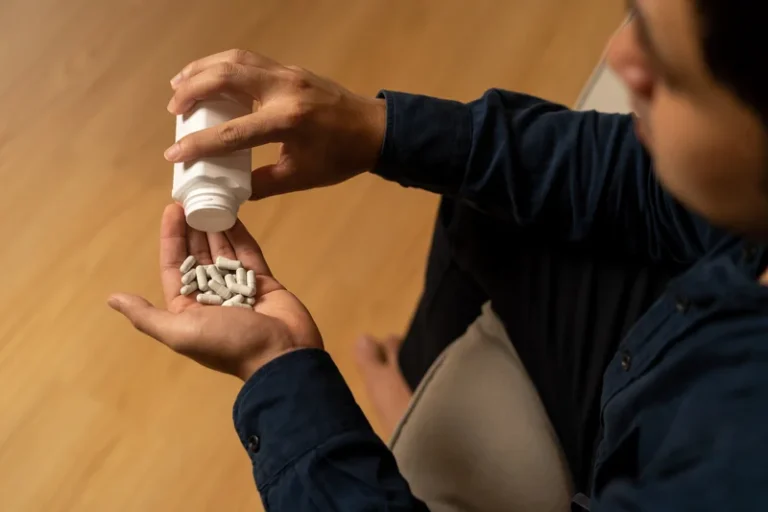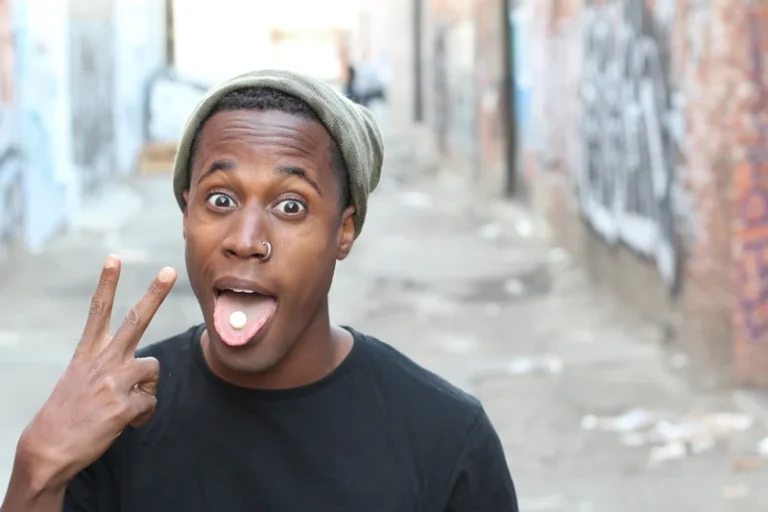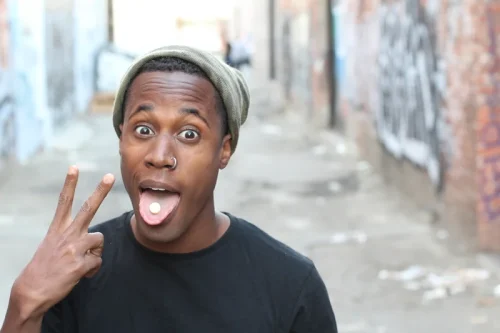
These ions change the neuron’s electrical charge, so it has to work much harder to activate and send signals. Benzodiazepines have a sedative effect because of how they work in your brain. These drugs mimic the effects of a neurotransmitter called gamma aminobutyric acid (GABA). GABA acts as a sort of speed bump that helps all the other chemical messengers travel through your brain at a reasonable pace. Among respondents whose symptoms lasted months or years, over half said caffeine or alcohol worsened their PAWS symptoms. If you’re predisposed to seizures, your risk of having a seizure may also increase during the withdrawal period.
- These may include sleeplessness and sleep difficulties such as insomnia or strange and disturbing dreams.
- By Corinne O’Keefe OsbornCorinne Osborn is an award-winning health and wellness journalist with a background in substance abuse, sexual health, and psychology.
- When tapering off benzodiazepines, you’ll always want to work with a trained healthcare professional who can monitor you for side effects and adjust your pace accordingly.
- Cognitive-behavioral therapy plays a crucial role in managing benzodiazepine withdrawal.
- The dose must be reviewed on daily basis and adjusted based upon how well the symptoms are controlled and the presence of side effects.
Why is Alcohol Withdrawal So Dangerous

Withdrawal symptoms can range from mild anxiety to severe, life-threatening conditions such as seizures and delirium, especially if the medication is discontinued abruptly without medical supervision. Initial withdrawal symptoms typically include heightened anxiety and insomnia. The onset of withdrawal symptoms typically begins within hours to days after the last dose. Another way that people attempt to detox is by quitting “cold turkey,” which is when benzo use is cut off altogether. Stopping the drug so abruptly will cause a person to have very intense withdrawal symptoms that can occur very quickly. Benzodiazepine withdrawal is when the body begins to rid itself of the drug, which can lead to a state of shock.

How Do Hospitals Detox Alcoholism
Family and friends can offer emotional encouragement and practical assistance. Joining support groups connects you with others who share similar experiences, fostering a sense of understanding and shared strength. Seeking help during detox is https://ecosoberhouse.com/ a sign of proactive recovery, not weakness. Surrounding yourself with a supportive network improves your ability to manage withdrawal challenges, boosting the likelihood of a safe and successful detox. While short-term use is generally considered safe, long-term benzodiazepine use can lead to dependency and complex withdrawal processes. The relapse rate among those with psychiatric conditions such as psychotic depression can be significantly reduced with careful management.
Identifying Symptoms of Benzodiazepine Withdrawal
- The best way to detox from a benzodiazepine is under medical supervision and in the care of addiction specialists.
- Brett, Jonathan; et al. “Management of benzodiazepine misuse and dependence.” Australian Prescriber, October 1, 2015.
- If you want to stop taking benzodiazepines after consistent long-term use, your doctor can help you gradually taper off your medication.
In most cases, your doctor will reduce your dosage by 5% to 25% in the first week. Every 1 to 4 weeks after that, they’ll reduce your dose by another 5% to 25% of the original dose. That’s what makes it essential to stop taking benzodiazepines slowly, with support from a medical professional. But when you start removing benzodiazepines from your system, suddenly your clogged neurons become an open freeway with no traffic lanes.
Navigating the Medical Detoxification Process for Benzodiazepine Withdrawal

This dose of diazepam (up to a maximum of 40mg) is then given to the patient daily in three divided doses. Even if the patient’s equivalent diazepam dose exceeds 40mg, do not give greater than 40mg diazepam daily during this stabilisation phase. Anyone experiencing troubling symptoms from withdrawal, such as suicidal thoughts or tendencies, should seek immediate medical care.
- Patients should drink at least 2-3 litres of water per day during withdrawal to replace fluids lost through perspiration and diarrhoea.
- This website utilizes various technologies that are meant to make it as accessible as possible at all times.
- Your doctor will help make an individualized tapering schedule based on your current dose and particular circumstances.
- Informed consent means all involved – including the physician – should know and understand what to anticipate and the nature of the process – all established through shared decision-making.
What symptoms can occur during benzodiazepine withdrawal?
This way, your body has a chance to rid itself of benzos slowly, and the withdrawal symptoms will not be as intense. The safest marijuana addiction way to manage benzodiazepine withdrawal is to give benzodiazepines in gradually decreasing amounts. This helps to relieve benzodiazepine withdrawal symptoms and prevent the development of seizures.
This all-in-one virtual library provides psychiatrists and mental health professionals with key resources for diagnosis, treatment, research, and professional development. Patients should drink 2-4 litres of water per day during withdrawal to replace fluids lost through perspiration and diarrhoea. Alcohol withdrawal symptoms appear within 6-24 hours after stopping alcohol, are most severe after 36 – 72 hours and last for 2 – 10 days. Patients should drink at least 2-3 litres of water per day during stimulant withdrawal. Multivitamin supplements containing B group vitamins and vitamin C are recommended.
Conversion table
- Opioid withdrawal can be very uncomfortable and difficult for the patient.
- We aim to support the widest array of browsers and assistive technologies as possible, so our users can choose the best fitting tools for them, with as few limitations as possible.
- Diazepam, a long-acting benzodiazepine, is the most common choice for dose tapering.
- It is very common for people who complete withdrawal management to relapse to drug use.
- This approach should address both immediate detoxification needs and long-term recovery strategies.
- People with benzodiazepine tolerance may take supratherapeutic doses because the recommended range no longer provides relief for their symptoms.
Dopamine is a type of benzodiazepine withdrawal management messenger that is partly responsible for how humans feel pleasure. Psychotherapy can help you understand the root cause of your substance abuse problems. It can also help you learn to identify psychological triggers that may cause you to relapse so that you can avoid them in the future.
Some commonly used detox medications are:
The withdrawal process, while daunting, offers an opportunity for growth and healing, underscored by the resilience of the human spirit. The essence of benzodiazepine withdrawal lies in the brain’s reaction to the absence of the drug. Benzodiazepines enhance the effect of the neurotransmitter GABA (gamma-aminobutyric acid), which reduces neuronal excitability throughout the nervous system. This action produces the calming and sedative effects for which benzodiazepines are known. Cognitive-behavioral therapy plays a crucial role in managing benzodiazepine withdrawal.



